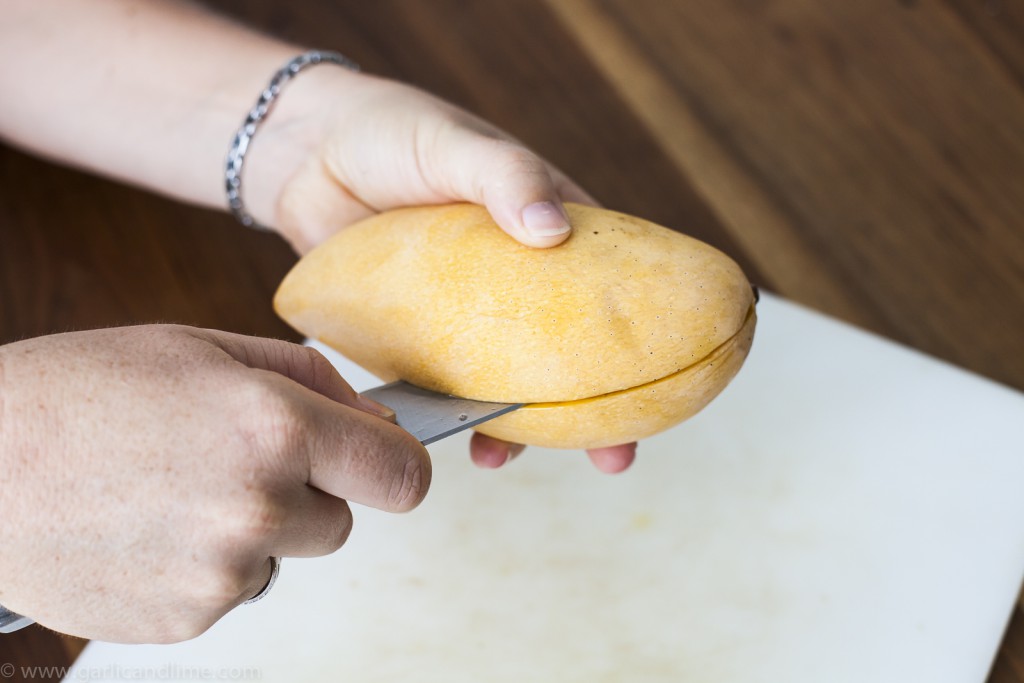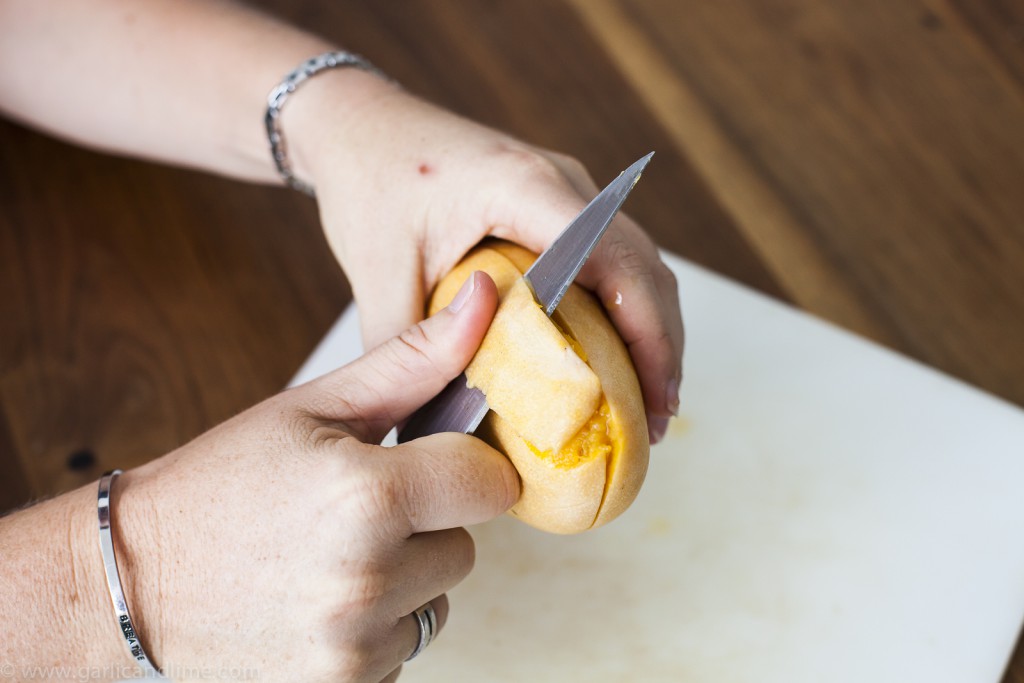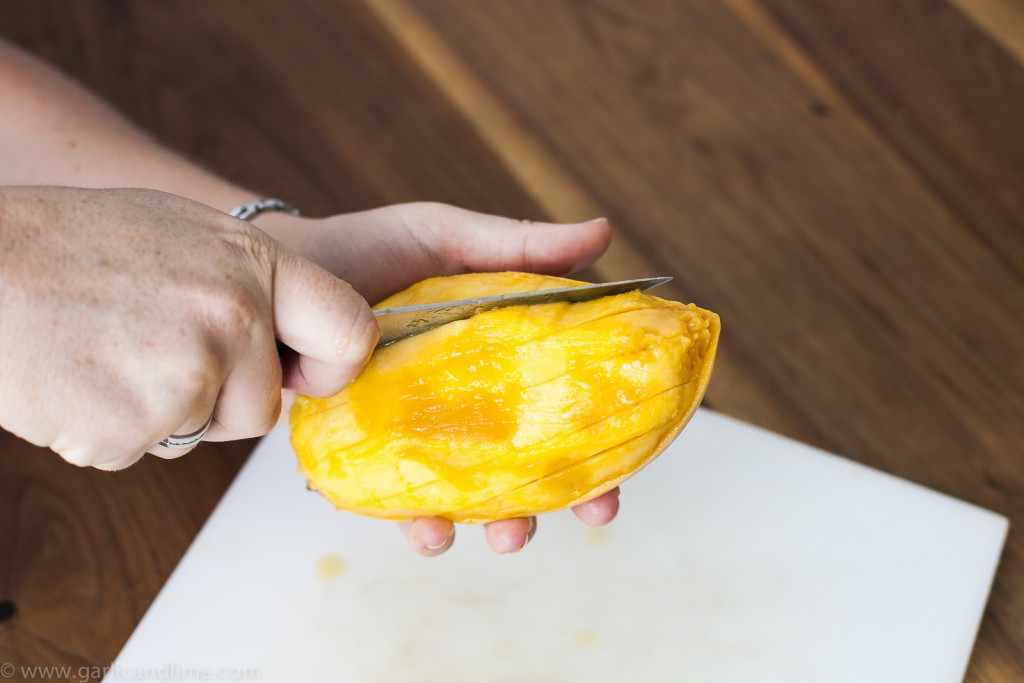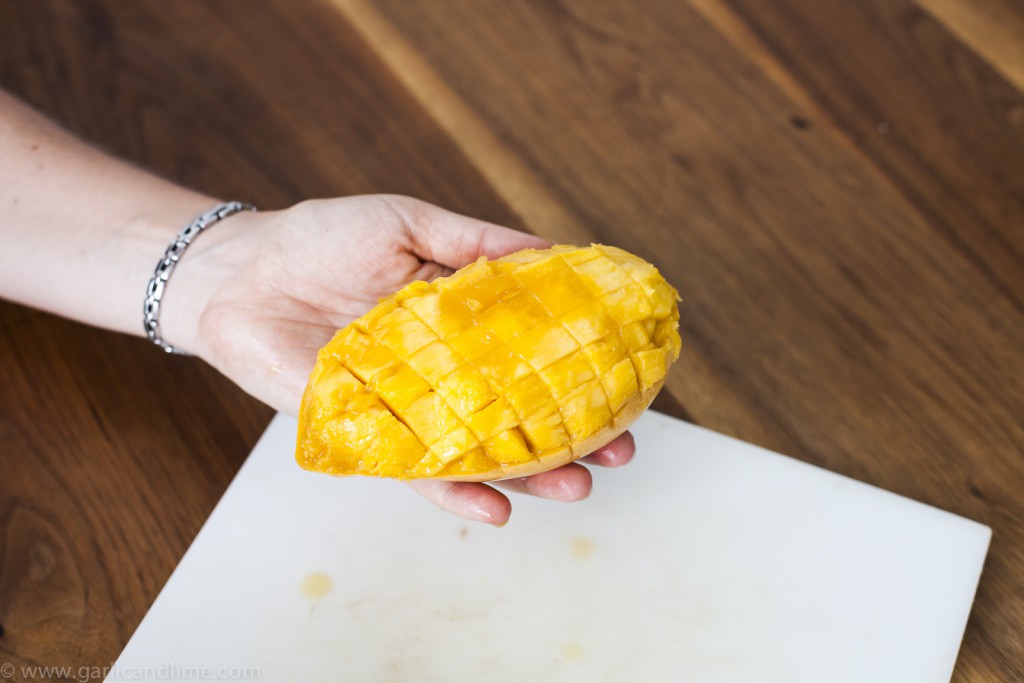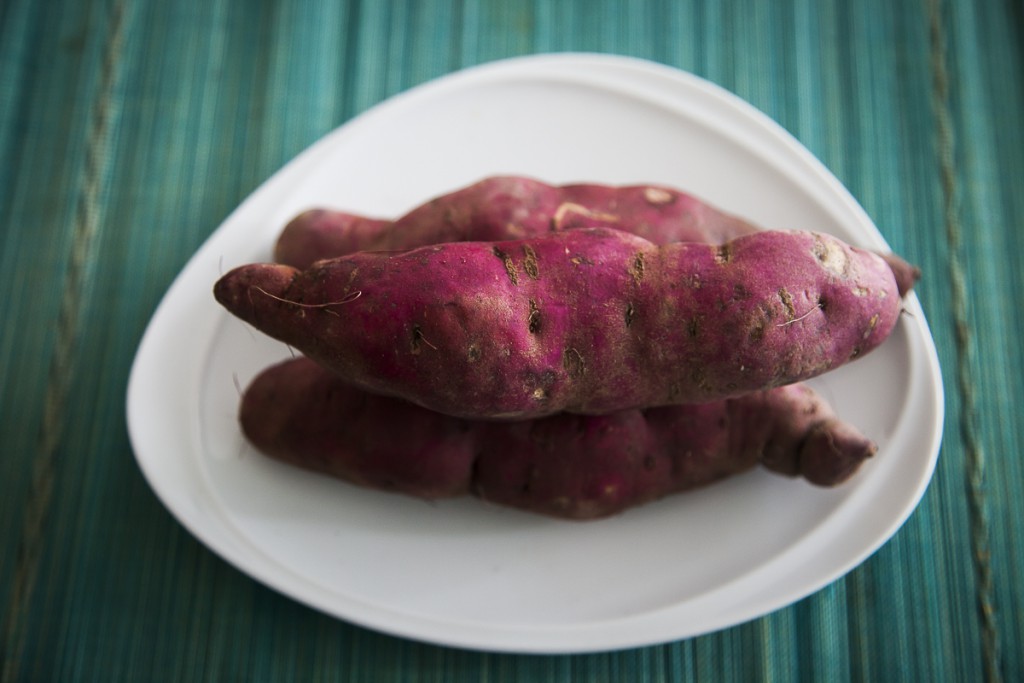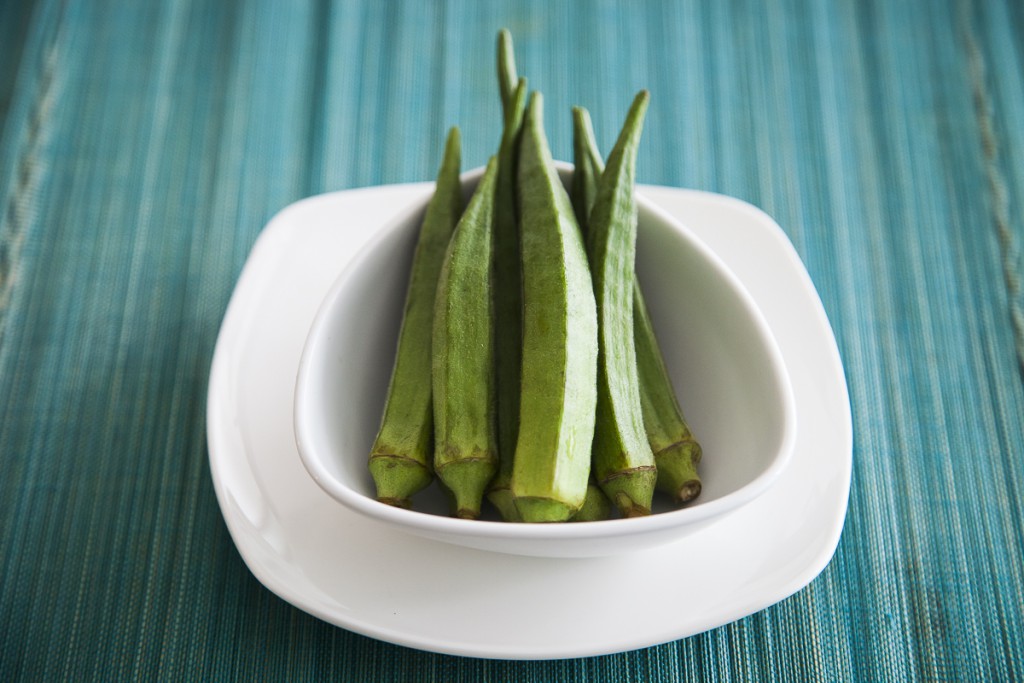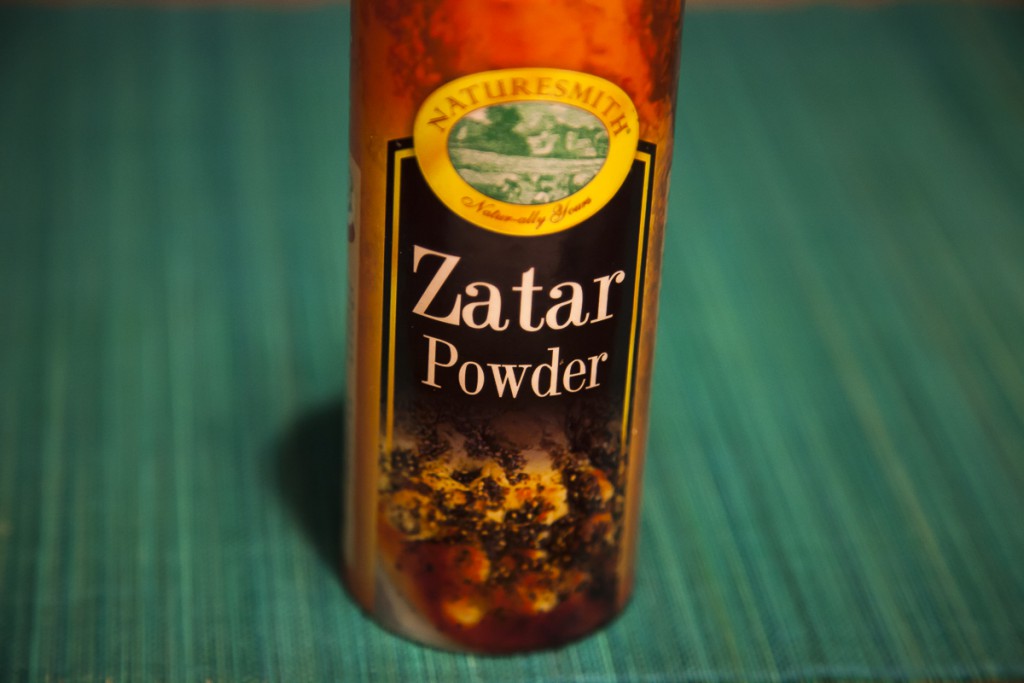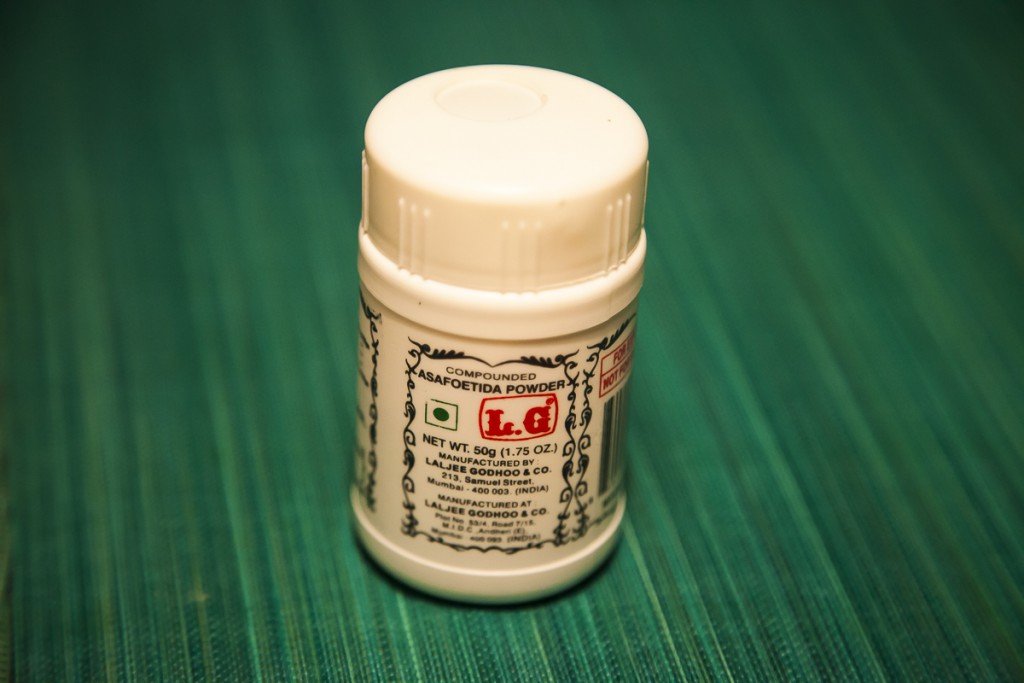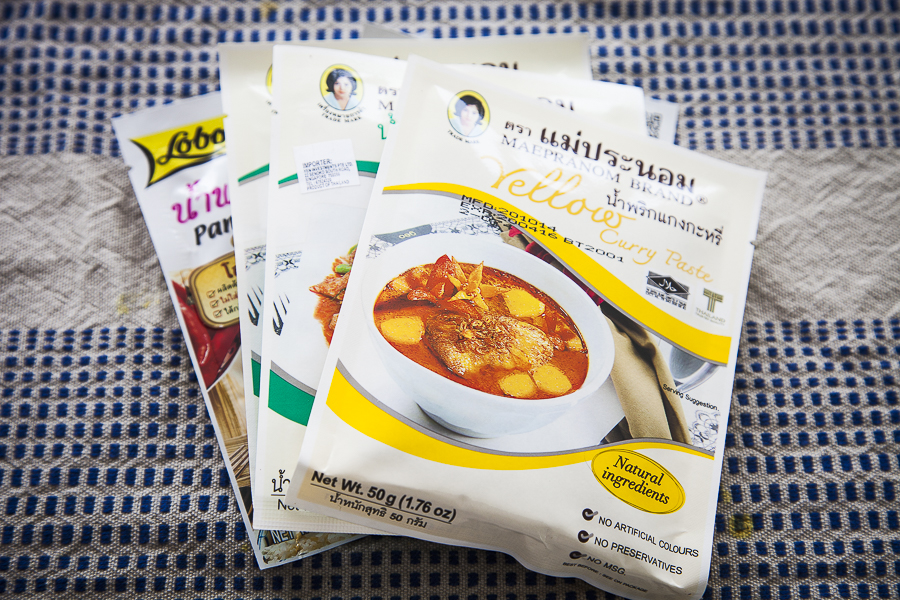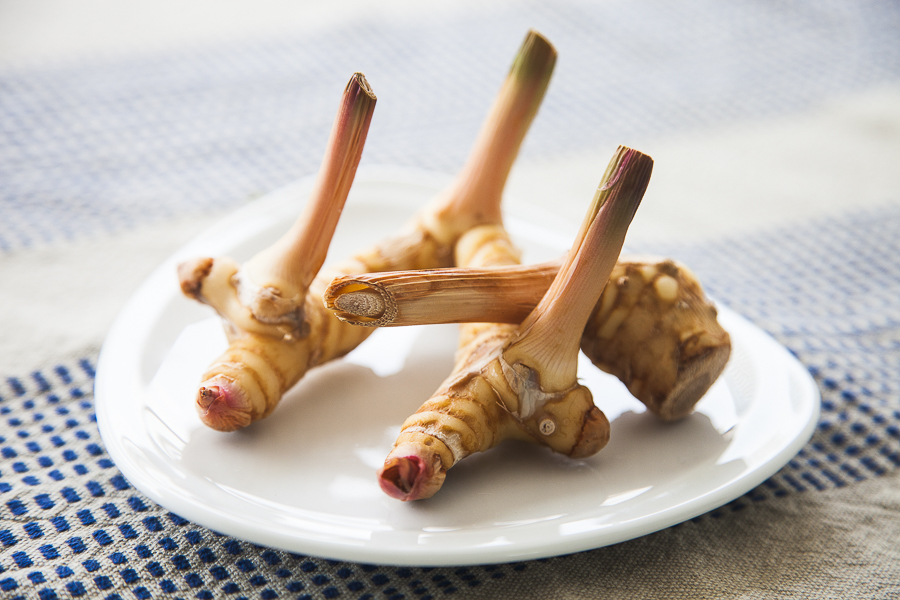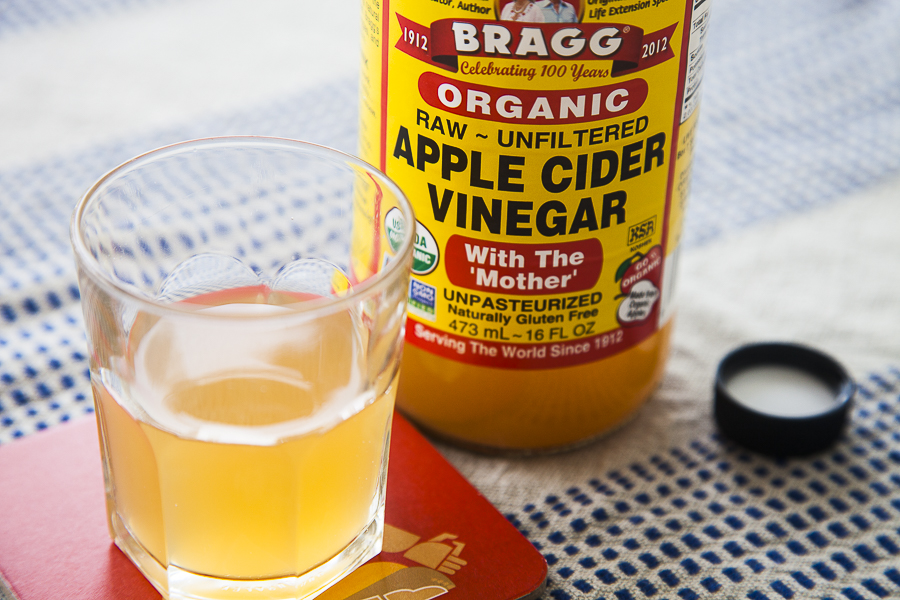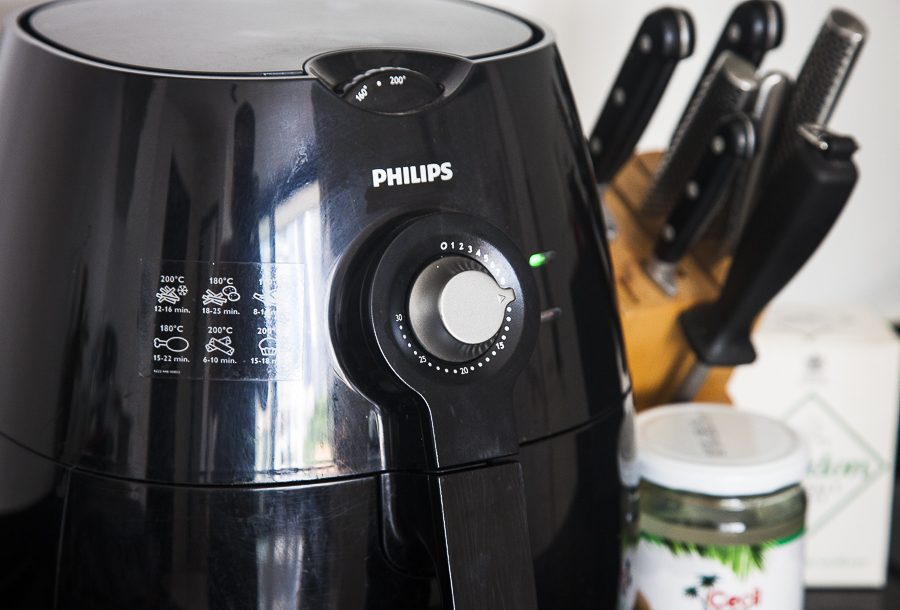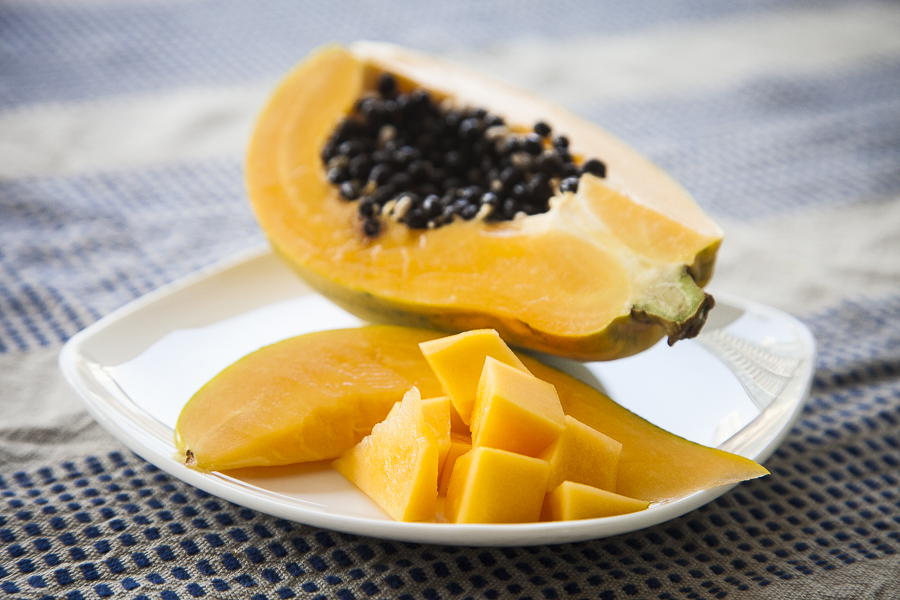It started when we were in India. The mango season arrived, and my colleagues brought me in bags full of juicy sweet mangoes. “Indian mangos are the best” they declared. “The season in starting, you have to try these Alfonsi mangoes from Mumbai”. As the season progressed more mangoes were brought in. Different varieties, all from India, the self declared home of mangoes.
On television a IPL cricketer player from Australia caused a little stir when he declared that mangoes from Queensland in Australia were actually the best. My Indian colleagues though just laughed, not possible. Indian mangoes are the best.
And then we moved to Singapore. My Pakistani colleague declared that Pakistani mangoes were the best, better than the Indian ones. My Thai colleague declared that Thai mangoes were the best. My Taiwanese colleague declared that actually the ones from Myanmar were worth trying too.
We just kept trying all kinds of different ones and enjoying them all. After all this trying (we haven’t managed to find a Pakistani one yet), but our favourites so far are the Indian Alfonsi and the Thai Honey Mangoes. The Australian and Myanmar ones are pretty good too though.
The problem was though that I kept ending up with uneven sized pieces, cut offs, and it all looked a bit of a mess.
On our last trip to Thailand, a lady who prepares Mango Sticky Rice (which is something I still can’t walk past when it is well prepared) and cuts up a lot of mangoes taught me how to cut them up her way. It was a lot easier than what I had been doing, and also meant that all of the pieces were the same size, rather than the mess I had been making cutting off bits and then cutting it up. It was also fun to learn from a true expert.
Here is what she taught me.
Hold the mango flat in your hand. The pit will be sitting flat through the middle of the mango. Insert the knife at the top (or bottom) of the mango, and cut all away around the middle. Cut deep enough so that you can feel the blade of the knife hitting against the pit of the mango all the way around. The mango will not fall in half because the pit will hold the mango together.
Use the incision line that goes all around as your guide, and cut all of the skin off of one half of the mango. Leave the skin on the other half intact for now. 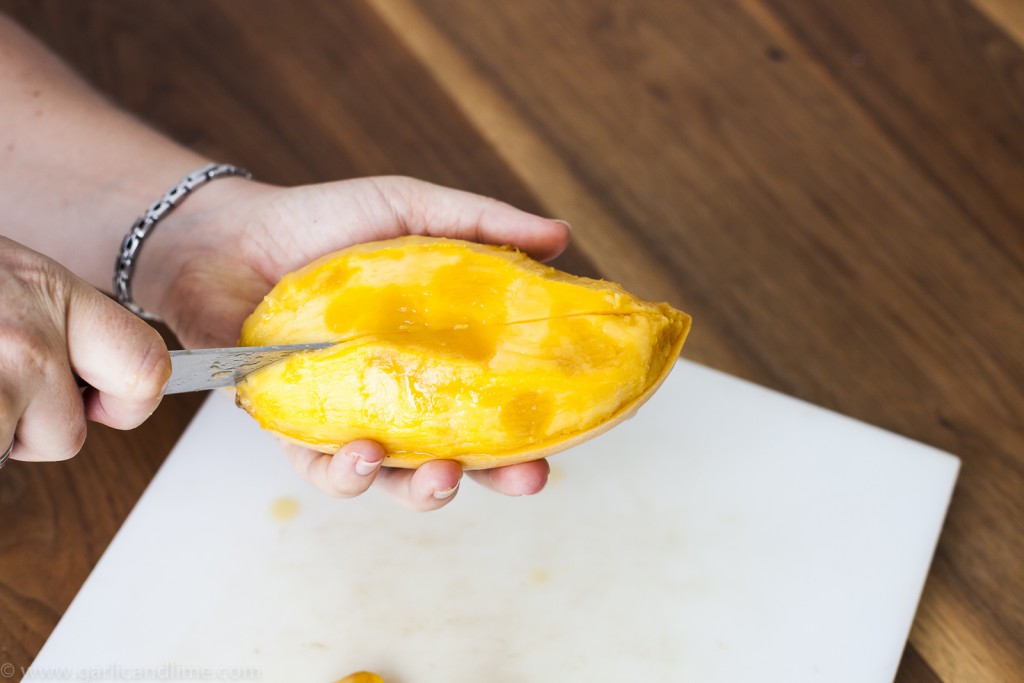
Hold the mango flat in your hand again. Cut all the way down to the pit lengthwise about 1 cm apart all the way across the mango.
You will end up with a series of cuts all the way across the mango. 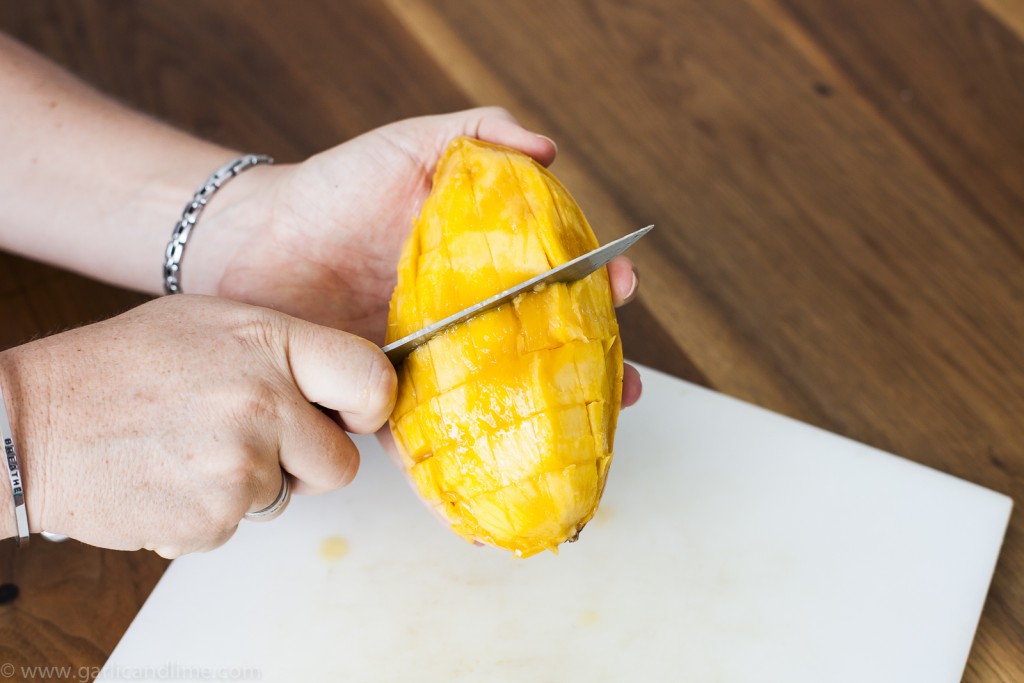
Next, turn the mango and make the same incisions across the width of the mango. Make sure you are cutting all the way down to the pit as you go on every cut. You might need to rock the knife from tip to heel across the pit if you have a mango with a rounded pit.
You will end up with a whole series of squares. 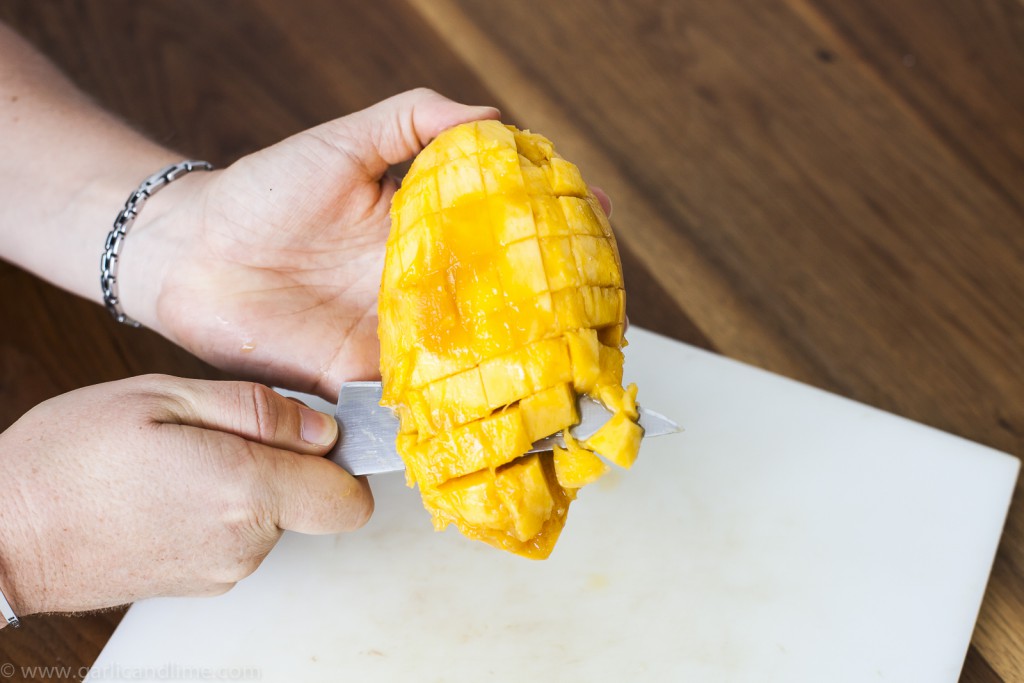
Next, insert your blade at the top of the mango and follow your way slowly along the pit to cut all the mango off. The Thai Honey Mango has a very flat pit, and so it is very easy to do this. However, some mangoes have rounder shaped pits, so you might need to work from the sides towards the middle, rather than in the length like we are able to do with this flat pitted mango. 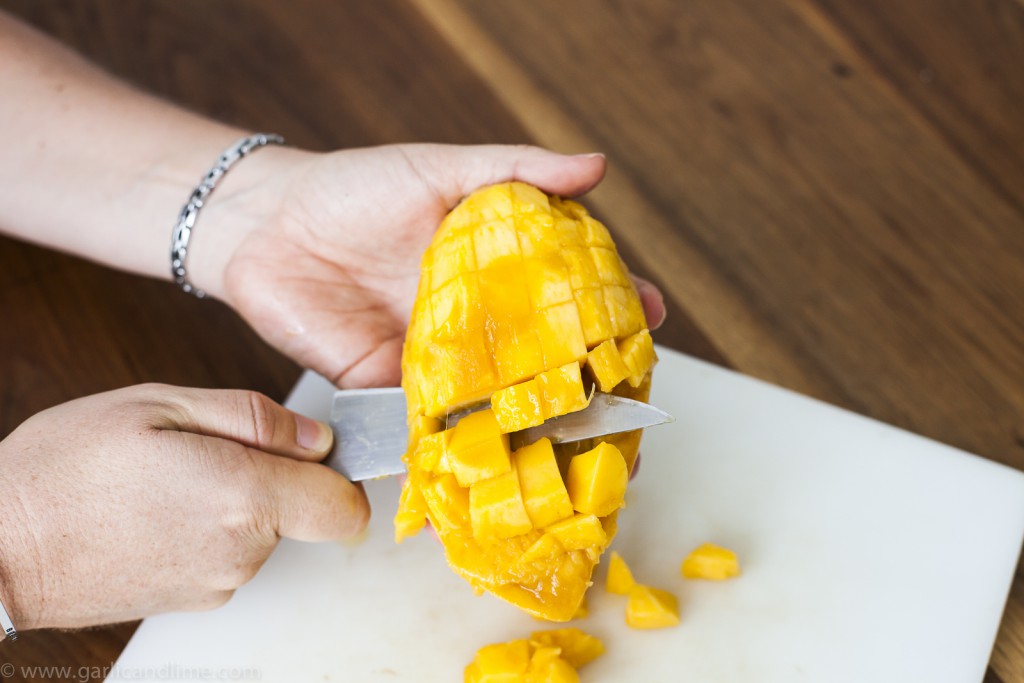
Turn the mango over and repeat the same process on the other side. The other side is a little bit messier because you are now holding the pit in your hand instead of the skin of the mango.

